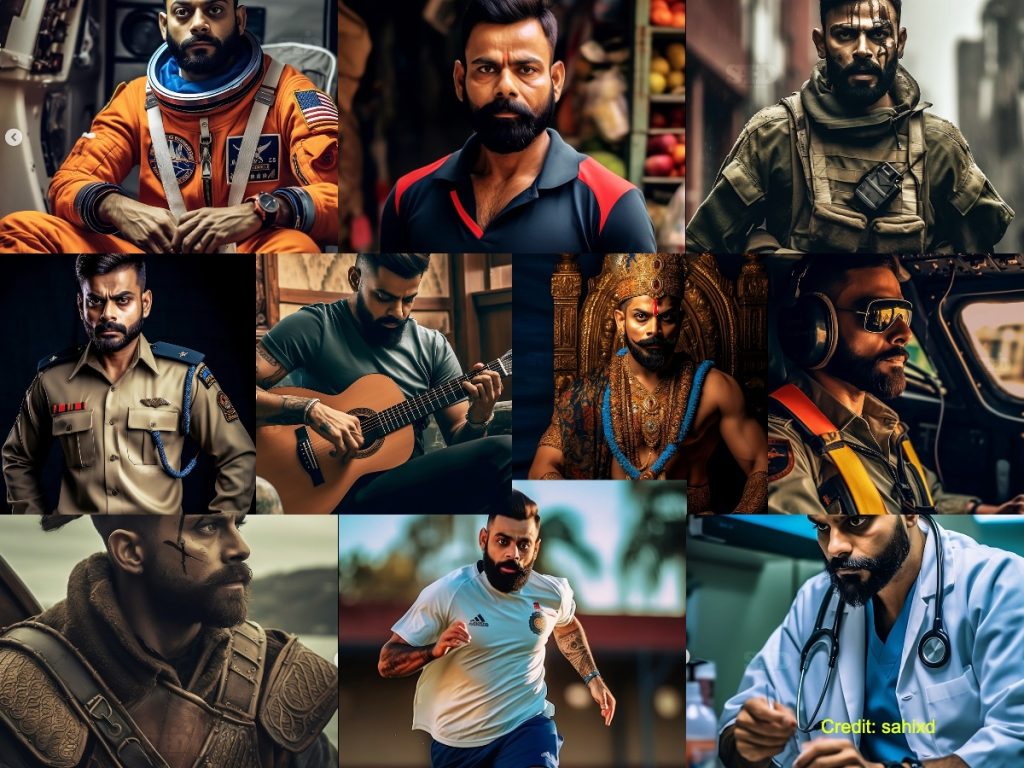Aditya Sisodia
The advent of AI-backed art tools has revolutionised the creative landscape for digital artists, offering them a vast universe of possibilities to explore. One common trend in AI art experiments involves using celebrities as subjects, allowing artists to reimagine and transform their appearances in various ways. Recently, digital creator Shahid, also known as @sahixd, embarked on such an endeavour by creating a series centred around Indian cricketer Virat Kohli, projecting him into multiple avatars.
https://www.instagram.com/sahixd/
Titled “Virat Kohli across the Multiverse,” Shahid’s series utilised the prompt-based AI art tool Mid journey to depict Kohli as a king, an astronaut, a footballer, a guitar player, a doctor, a soldier in an active war zone, a fruit seller, a pilot, and a policeman. The artwork garnered significant attention, amassing over 4,000 likes. However, some netizens were quick to point out that the subject did not closely resemble Kohli. In the comment section, many individuals drew comparisons between the depicted figure and Gaurav Chaudhary, a popular YouTuber known as Technical Guruji. Others even suggested that Kohli resembled cricketers Ravindra Jadeja or Vijay Shankar more closely.
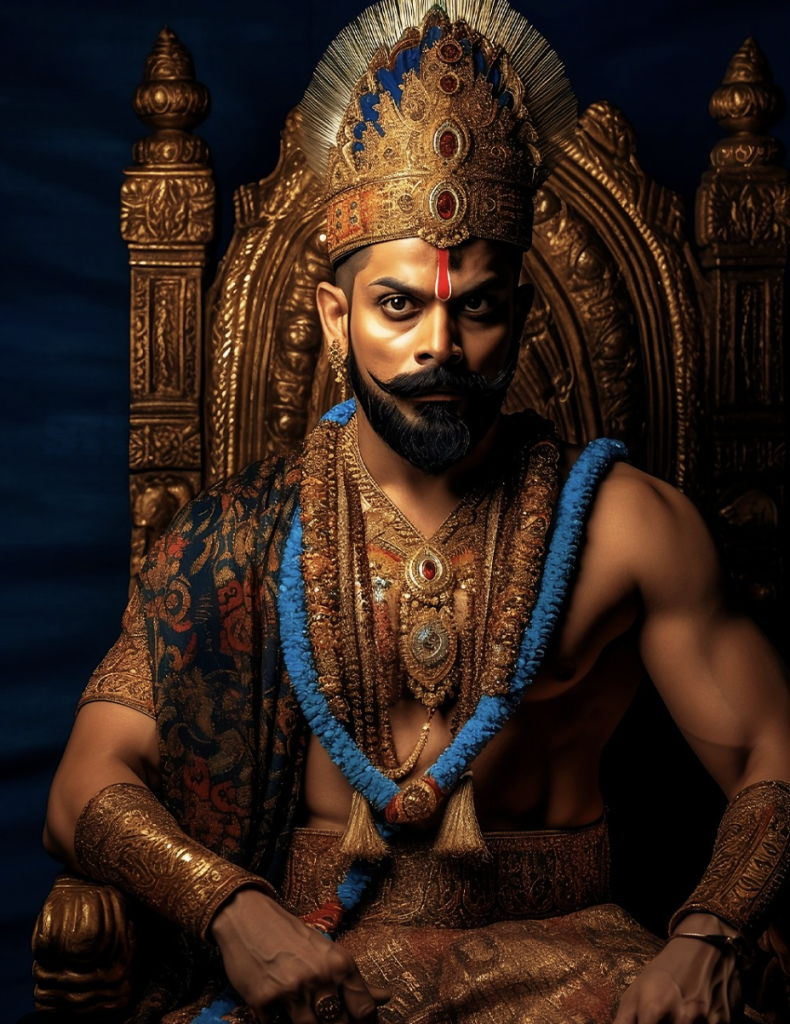
Courtesy:sahixd
Criticism of AI-generated artwork for its uncanny and inaccurate portrayals is not a new phenomenon. In April, Twitter user Gaurav Agarwal (@7Gaurav8) shared a set of images that imagined Indian cricketers as children. However, these depictions retained certain mature features, such as facial hair, creating an eerie and unrealistic effect.
Earlier in January, another Twitter thread emerged showcasing AI-generated portraits of influential historical figures in Indian history, including Bindusara, Prithviraj Chauhan, Chhatrapati Shivaji, Ranjit Singh, Shah Jahan, and Sikandar Lodi. However, these renditions sparked controversy due to their perceived inaccuracies and deviations from historical representations.
These instances highlight the ongoing challenges faced by AI-generated art when it comes to faithfully capturing the essence and likeness of individuals. While AI tools possess incredible potential, they are not infallible and can sometimes fall short in accurately representing human subjects, especially in terms of their facial features and distinguishing characteristics.
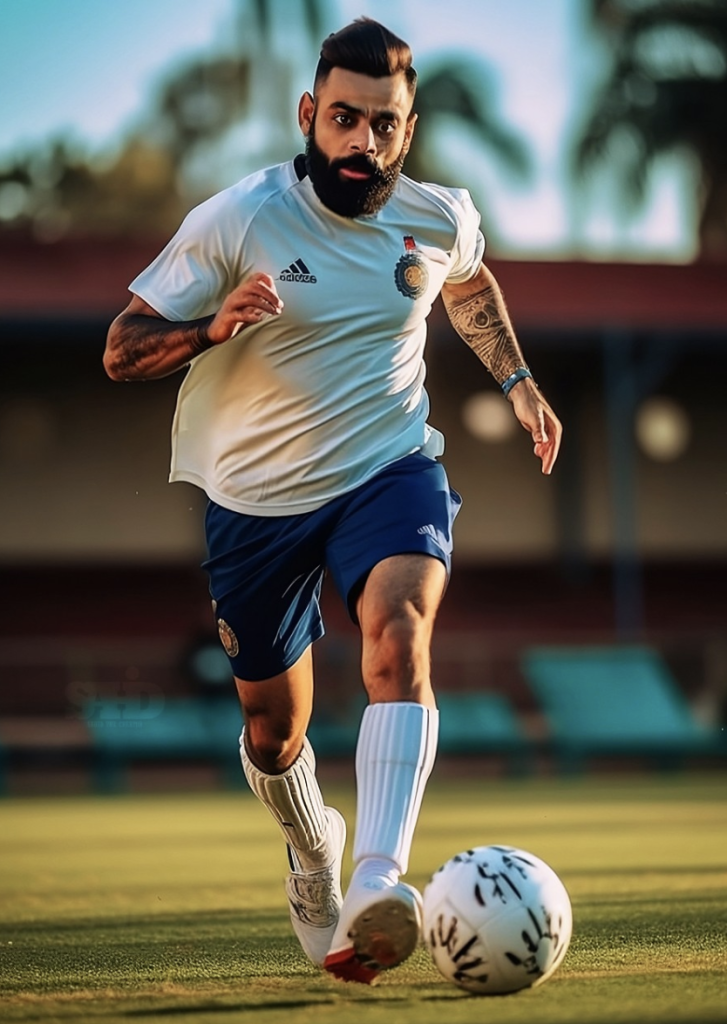
AI art tools operate by learning patterns and generating images based on existing data. However, these tools may struggle when dealing with complex subjects, especially when attempting to capture the nuanced aspects of individual identity and appearance. The output often reflects the limitations of the data and algorithms used in the training process, resulting in interpretations that may not align perfectly with the intended subject.
Despite the criticisms, it is important to recognise that AI-generated art is still a relatively nascent field, constantly evolving and improving. Artists and developers are continually refining these tools to enhance their accuracy and realism. Feedback from users and viewers plays a vital role in this iterative process, helping to identify areas for improvement push the limits, we can expect advancements that address the challenges and bring us closer to creating AI-generated art that is indistinguishable from reality.
Furthermore, it is crucial to remember that AI art should not be solely judged on its ability to perfectly mimic human subjects. The creative process and the unique interpretations offered by AI-generated artwork can provide valuable insights and perspectives. These pieces open up new avenues for artistic expression, challenging our perceptions and expanding our understanding of the creative possibilities in the digital age.
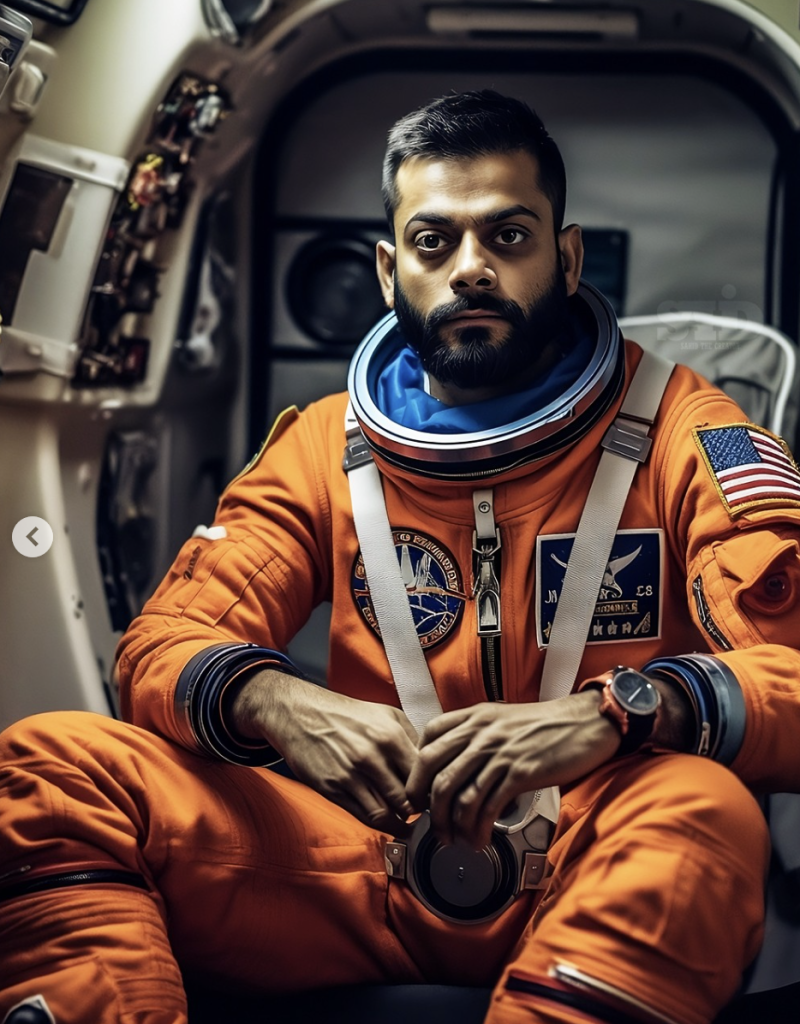
Courtesy:sahixd
The use of AI-backed art tools has unlocked a realm of creativity for digital artists, allowing them to explore and reimagine subjects in fascinating and unconventional ways. While some AI-generated artworks may face criticism for their inaccuracies or uncanny appearances, it is essential to view them as part of an ongoing process of innovation and experimentation. As technology advances and artists refine their techniques, we can anticipate remarkable developments in the field of AI art, pushing the boundaries of creativity and blurring the lines between artificial intelligence and human expression.
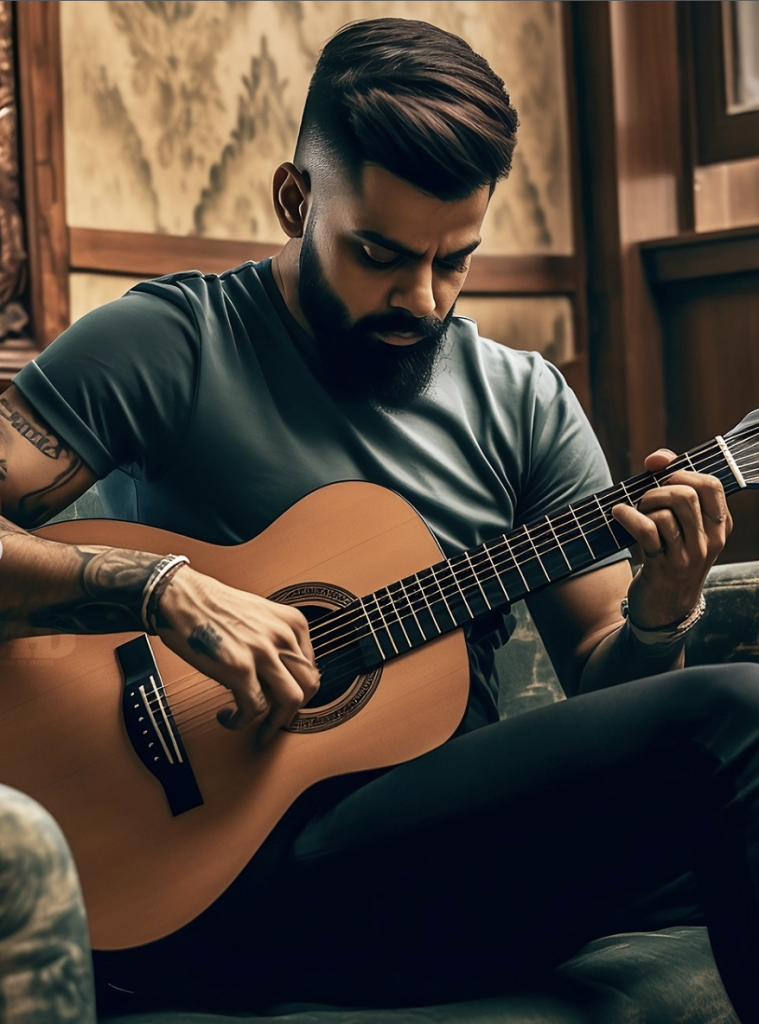
Courtesy:sahixd

